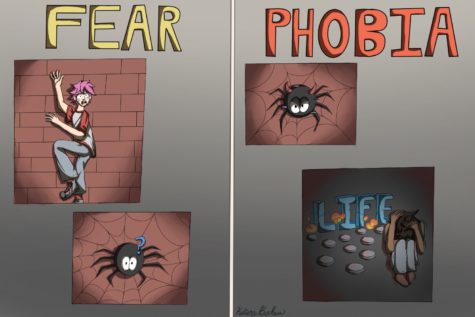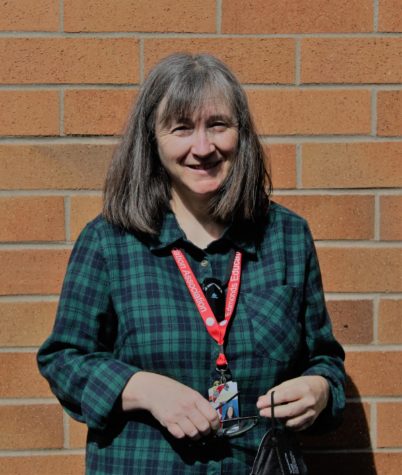ADHD: What YOU Need to Know
ADHD stands for Attentive Deficit Hyperactivity Disorder, which can make people impulsive, inattentive, and have high energy levels. It is estimated that 8.4% of children and 2.5% of adults have ADHD, and it is predicted to be the most common neurodivergency in children. This disorder can have an impact on people who have its personal and professional life, and accommodations are hard to achieve.
Types of ADHD
There are many different types of ADHD, ranging based on sex, age, or how ADHD presents itself within a person. The most commonly accepted types of ADHD are inattentive and hyperactive.
Inattentive ADHD is the first type and is classed as a lack of concentration, organization, and distraction control. People with this type of ADHD tend to have a hard time remembering things, following instructions, or finishing tasks. This type of ADHD tends to be diagnosed less often and typically appears more in girls.
Hyperactive ADHD is the second type and is classed by a lot of fidgeting, lack of impulse control, and inability to sit still. This is the type that is most often diagnosed because the symptoms are more obvious to people. This type is typically more prevalent in boys and is a lot of the reason boys have significantly higher numbers of ADHD.
There is also a combined type, which mixes traits of both types of ADHD. This type is the most common to appear in children, and once again is more prevalent in boys. However, not everyone with ADHD is the same. Student Charli Gilchrest, who has ADHD, says “I hate that it is stereotyped to be hyper and never paying attention, because there are different types, and not just a stereotype.” It has made a lot of things difficult. For example, I always forget the smallest things. — Charli Gilchrest
Causes and Diagnosis
The main causes of ADHD are genetics and situations in the womb. This can include stress during pregnancy, drinking, and smoking during pregnancy, or can be brought on by being born prematurely. Studies have also shown that it can be caused by brain injury.
Getting diagnosed with ADHD can also be a challenge, especially for adults. Because the majority of ADHD diagnoses go to kids, doctors tend to think of ADHD as a neurodivergency linked with children. It can also be difficult for adults to get diagnosed because they have gotten used to masking(the act of trying to hide your neurodivergent symptoms) their whole lives.
What it’s like living with ADHD
ADHD can make everyday tasks difficult, especially for students. The inattentive type can make focusing and taking in information difficult, and paying attention in class feel impossible. However, kids with ADHD are able to get accommodations in classes. In an interview with Charlie Gilchrist, they said “I did get some accommodations, I get the ability to have extensions on tests and assignments, and I get to do tests outside of class.”
For the hyperactive type, they may cause a distraction not only to themselves but to the class as well, often being regarded as the problem child in school. It can also make it hard to sit still during the school day.
We, as a community, need to be knowledgeable about all different types of neurodivergencies, which is the first step to becoming accommodating. Even if our society can’t be changed to accommodate everyone, every person should be knowledgeable about the types of people who we are around every day.










